All About Body Oil Massage In Ayurveda
| Estimated Reading Time: 11 minutes |
Highlights:
|
All about body oil massage in Ayurveda: relieving stress and pain the organic way
It's the year 2023 and we live quite hectic lives. And massages give us the perfect, relaxing getaway from the daily hassles of life. Because of stress, our bodies can experience multiple health issues including migraines, backaches, muscle aches, and joint pains. Therefore, it is only natural for us to love a good, well-done body massage.
But did you know that the practice of body massage has not just existed for centuries, but millions of years?! That’s right, even our ancestors used the art of a good body massage to treat themselves! And that’s not all, they believed that there was much more to massages than just stress relief.
While today we have a range of massages available at different spas that serve you with a versatile set of massages, this blog will specifically talk about massages in Ayurveda.

Ayurveda, as a holistic healing system, has thousands of years of history and context. The massages in Ayurveda follow elaborate techniques based on Ayurvedic philosophy. We will discuss all of this and more while stressing the specific benefits of Ayurvedic massage using different massage oils.
A Deeper Understanding: What Makes Body Massage in Ayurveda Distinct
To understand the relevance of massage in Ayurveda, we must go back to the roots and appreciate the views of Ayurvedic philosophy. Ayurveda roughly translates to “the science of life”, and therefore, does not just suggest ways of maintaining health; but maintaining an ideal lifestyle. Massage in Ayurveda is intended to promote harmony between the mind, body, and spirit as well as aid in the body's natural healing processes.
A key feature of Ayurvedic massage to note here is that it is often called an “oil massage” because most of its popular massage methods involve the use of Ayurvedic oils. A base oil is mixed and concocted with an appropriate essential oil, chosen according to the purpose of the massage and the needs of the recipient. These essential oils are generally made of herbs and thousands of years old recipes. It not only functions as an analgesic but also as a preventive medicine that improves blood flow, energizes and purifies the body, and
stimulates and strengthens the lymphatic system. Massage in Ayurveda and the Doshas: How Ayurveda Determines Your Unique Needs for a Good Body Massage Almost 5000 years ago, which is how long ago the origin of Ayurveda is estimated to be, Ayurvedic oil massages were a component of a regimen to achieve the ideal lifestyle. Remember, since Ayurveda calls itself the science of life, every technique, remedy, or treatment it provides is holistic. They target the mind, the spirit, and the body.
Ayurveda operates in a philosophy that assumes that the entire universe is made up of 5 natural elements: space, air, fire, water, and earth. In our bodies, these elements meet with each other to create three types of energies: Pitta (fire and water), Vata (space and air), and Kapha (water and earth). They all have their own functions in keeping our physiology intact. Vata is responsible for basic survival processes such as respiration. Pitta is the energy that regulates metabolism and digestion. Finally, Kapha is the energy that builds our cells and
fluids - it structures our body.
The basic principle of Ayurveda is the Tridosha philosophy. The Tridosha philosophy assumes that when there is an imbalance in any of these three energies (Vata, Pitta, Kapha) - an imbalance or dosha occurs. It further suggests that each person has a different composition of all three doshas. The physical and emotional health of a person is governed by the balance of the doshas according to Ayurveda. Thus, each person must be catered to according to their specific dosha imbalance. How Do Ayurvedic Massages Balance Your Dosha?
The answer to this question is quite simple. Ayurveda chooses the oil used in body oil massages according to the dosha imbalance of the person. Ayurveda suggests calming oils including peppermint, jasmine, ylang-ylang, and lemongrass for the Pitta dosha. Herbs with warm aromas such as cinnamon, sandalwood, basil, cloves, or camphor are suggested for the Vata Dosha. Last but not least, it suggests spicy herbs for the Kapha dosha, including clove, tulsi, black pepper, and cedar.
Additionally, of course, different massage oils are used according to the specific complaint of the recipient. For example, an aromatic jasmine oil would be used if you are looking to relax. A pain oil made up of soothing herbs such as cinnamon and clove would be used to relieve muscle cramps.
An Ayurvedic massage therapist focuses on removing toxins from the body, balancing the chakras, and cleaning the energy channels in the body (energy centers). Along with the standard massage strokes, the Ayurvedic massage therapist will frequently utilize other massage techniques like tapping, kneading, and squeezing. The pace of the movement might vary based on the needs of the individual. The whole strategy improves lymphatic drainage and circulation. Some spas even offer two therapists treating one client at once.
Benefits of an Ayurvedic Body Massage Using Different Massage Oils
There are numerous benefits of an Ayurvedic body massage. As mentioned before, Ayurvedic massages aim not just to relieve physical symptoms but also to give your mind and spirit some peace. Therefore, massage in Ayurveda has multifaceted benefits. These advantages are discussed below briefly:
Increases muscle tone and energy in the body's “Dhatus”. Dhatus refer to your
muscle and skin tissues, according to Ayurveda. Through effective movement and touch therapy, an Ayurvedic body massage can help you reduce the effects of aging. It keeps your muscle tissues healthy and young by boosting circulation. Gives the limbs solidity. A thorough massage is done in such a manner that the
nutrients added to your muscles help them stay sturdy and strong. This makes your limbs stronger. Nourishes the entire body. Body oil massages are, after all, oil massages. Oils are thick occlusives that help your skin retain moisture and keep it young. Naturally, applying and massaging oil all over your body nourishes your skin and limbs.
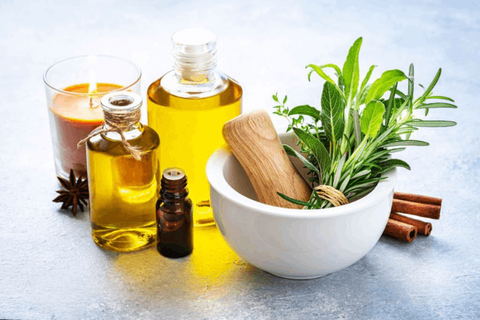
1. Helps to lubricate joints: Joint pain is quite common among old people but young people may also suffer from them from time to time. A massage in Ayurveda helps you lubricate your joints and keep them flexible. Also, say goodbye to dry skin on your elbows and knees!
2. Boosts circulation: A major advantage of any body massage is that it boosts blood circulation all around your body. This helps your muscles absorb the nutrients you consume much better and also gets rid of unwanted toxins in your body parts.
3. Detoxification: Body massage thoroughly stimulates your body such that it rids itself of pollutants by moving the lymph and promoting detoxification.
Soothes tenseness. Sitting in the same position for a long time and having a
sedentary lifestyle can often tense your muscles. This may lead to a lot of blood
rushing to a particular muscle and your bone getting a little stiff. A good massage puts pressure on these muscles and soothes their tenseness.
4. Improves sleep quality: All of these physiological reliefs facilitated by massages help you relax and feel soothed. Stress and body pain can often cause you to not just lose sleep directly, but have a poorer quality of sleep. Regular Ayurvedic body massage, therefore, allows you to get better and deeper sleep.
Different massage techniques according to ayurveda
Different techniques exist under the umbrella of massages in Ayurveda. As a holistic healing system, it is the root of many different techniques of massages with their own sets of specialties. It would be difficult to name them all, but here are some of the most well-known types of Ayurvedic massages:
Abhyanga
Abhyanga is the most popular form of massage in Ayurveda. In fact, if you look for information regarding Ayurvedic massages, most sources will describe Abhyanga. This is because the technique of massage used in Abhyanga is considered to be part of the ideal lifestyle in Ayurveda. Other massage techniques tend to be specific to certain uses and causes.
Abhyanga is also special because it has the emotion of “Sneha” or “Love” behind it. It's thought that abhyanga has effects that are comparable to being overcome by love. In terms of how it is done, it is a form of massage where warm oils are used to massage one’s body from head to toe.
According to Ayurveda, the doshas are brought back into balance by a daily abhyanga practice. This in turn helps you achieve an ideal state of well-being, promoting longevity.
Similar to the sensation of being loved, abhyanga can produce a strong sense of security and warmth.
Marma Therapy
This type of massage in Ayurveda involves body massage that is intended to stimulate certain “marmas” or “energy points”, as Ayurveda describes them. According to marma philosophy, there are 108 marmas in total. 107 points or "doorways" are on one’s body that can be stimulated for different purposes. The 108th marma is regarded as being the mind.
A Classic book called the "Sushruta Samhita" outlines the details of marma philosophy in great detail. It's thought to activate internal organs, hormones, and other chemicals to help your body function and release stuck energy.
Pizhichilli
Pizichilli is also known as an "oil bath" because continuous warm streams of herbal oil are smoothed rhythmically into the body. Warm massage oils are squeezed onto the patient's body from a piece of cloth, which is periodically soaked in a vessel (called Kindi) containing the oil, with soft massage in a rhythmic manner. The cloth is placed several inches above the
body of the person receiving a massage.
The type of oil used in Pizhichilli is determined by the individual's requirements. Generally, this massage aims to generate heat in the body, which causes perspiration, to balance the Vata Dosha.
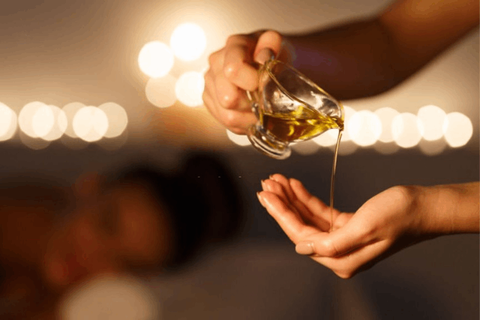
Shirodhara
This is a type of skull massage in which a steady stream of herbal or medicated oil is poured on the scalp to stimulate the nerves in the head. A soothing stream of warm oil is gently poured over the forehead and onto the "third eye chakra". The third eye chakra is known to be the energetic center of intuition.
As a result, this treatment is known for its ability to calm the central nervous system and integrate the mind and body. Some people report feeling a sense of restful awareness after experiencing Shirodhara. It also alleviates headaches, improves clarity and focus, and eliminates mental fatigue.
Best body massage oils according to ayurveda. Now that we know much about the Ayurvedic philosophy behind massages in Ayurveda, let us discuss some problem-specific massage oils that can help you get the perfect body massage. Here are a set of different massage oils that can be your go-to, depending on
what you’re looking for! Pain oil with cinnamon and clove for pain relief
Cinnamon and clove are both spices you might be aware of. Both of these spices are quite commonly used in Indian households, and in Ayurveda itself.
As for their practical advantages, cinnamon oil has been used in Ayurvedic massage therapy for thousands of years to pacify sore joints and numb pain. Similarly, clove oil is an effective pain reliever for muscles and joints, reducing painful swelling.
So whether your back hurts or your knees are completely exhausted - a good cinnamon and clove oil body massage can do wonders.
Jasmine Oil for general relaxation
Jasmine is one of those flowers that have a light, breezy fragrance - and yet smell just strong enough to stick around. In India, jasmine flowers are often used in hair ornaments and traditional rituals.
In the massage world, jasmine oil acts as a soothing, relaxing fragrance. It is perfect for aromatherapy and helps you forget all of the stresses of daily life. Thus, looking to sleep well tonight? Opt for a jasmine oil body massage!
Triphaladi oil for body toning and slimming
Just when you thought Ayurvedic body massage oils couldn’t possibly get any better, they do! The Triphaladi oil, made up of the “Triphala”, consists of three Ayurvedic herbs - Amla, Harad, and Braheda. They are often known to be “slimming herbs” in Ayurveda.
This oil is great if you are trying to get rid of body cellulite. Of course, it is recommended to have a healthy lifestyle for it to completely work. Apart from being fat-burning, this massage oil is also incredibly helpful in moisturizing dry skin, adding to your skin the radiance and glow it craves.
Kumkumadi oil for body polishing
Finally, the Kumkumadi oil - which is an oil that is created with over 22 herbs and natural ingredients - is perfect for body polishing. With saffron as its key ingredient (which is the world’s most expensive spice!), Kumkumadi oil is for those who wish to use an oil that gives them a truly luxurious experience.
Generally, it is used in face massage in Ayurveda. It is said to be a miraculous elixir that helps you get amazing skin. However, it can be used on the body for body polishing.
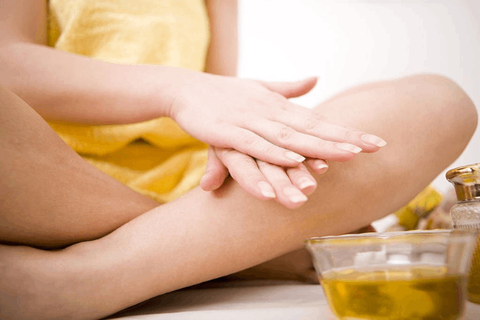
The Bottom Line
There is way too much that the world of massages in Ayurveda provides us with for us to ignore it. If you are already someone who loves massages, now is the perfect time to start basking in the glory of different massage oils in Ayurveda to enhance your experience!
And if you are someone who has not dipped their toes into the mesmerizing world of body massage yet - we hope we’ve convinced you to try it out!
Recommended Products by Blue Nectar:
Balalakashadi Jasmine Bath & Body Massage Oil | Skin Hydration & Relaxation
Shubhr Kumkumadi Skin Glow Oil | Body Polishing & Nourishing


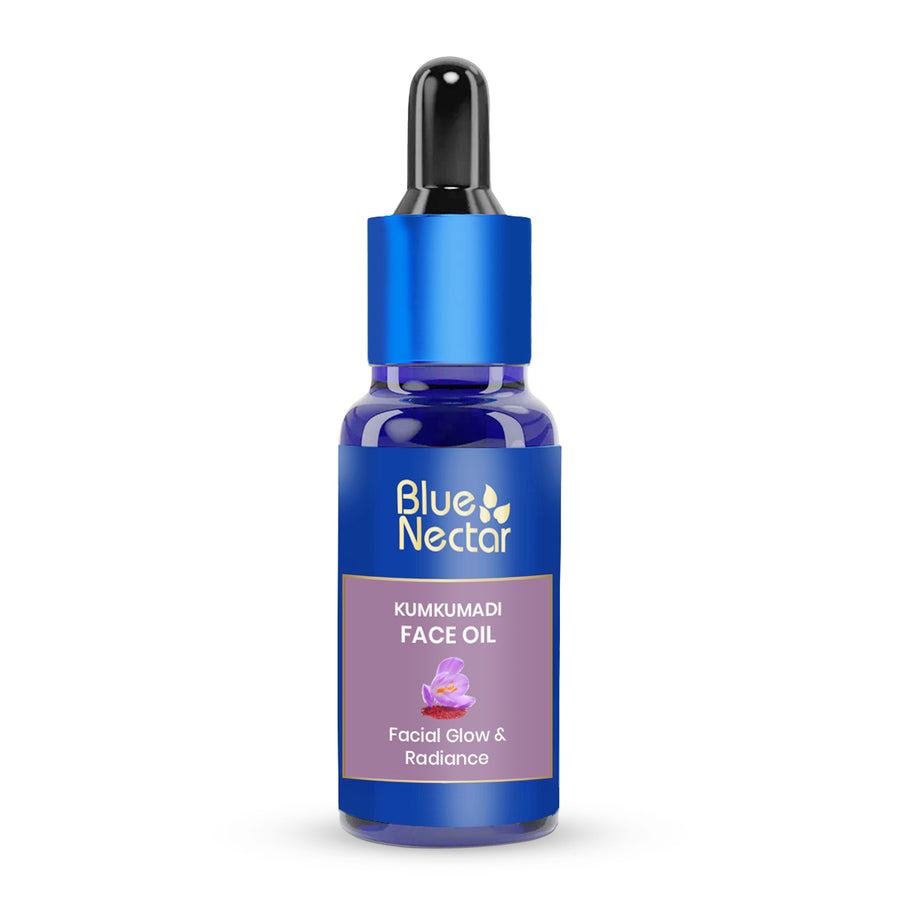
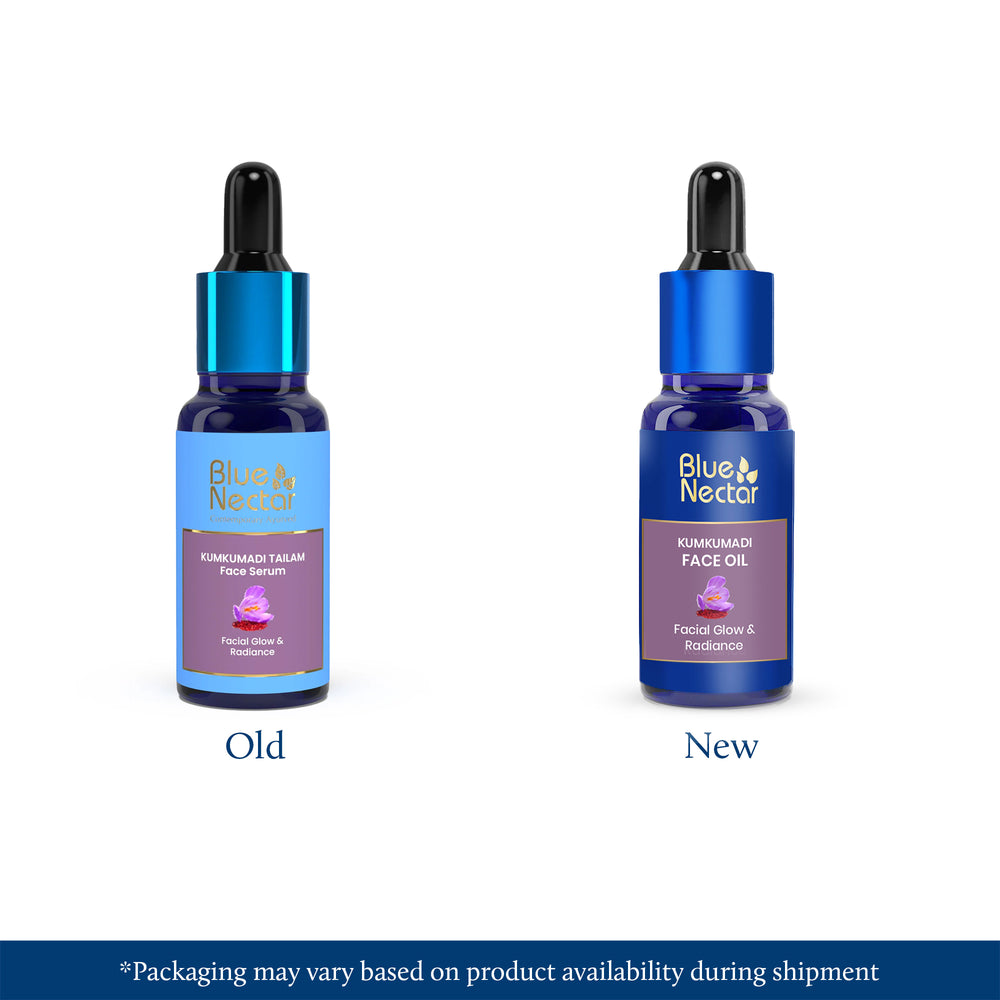
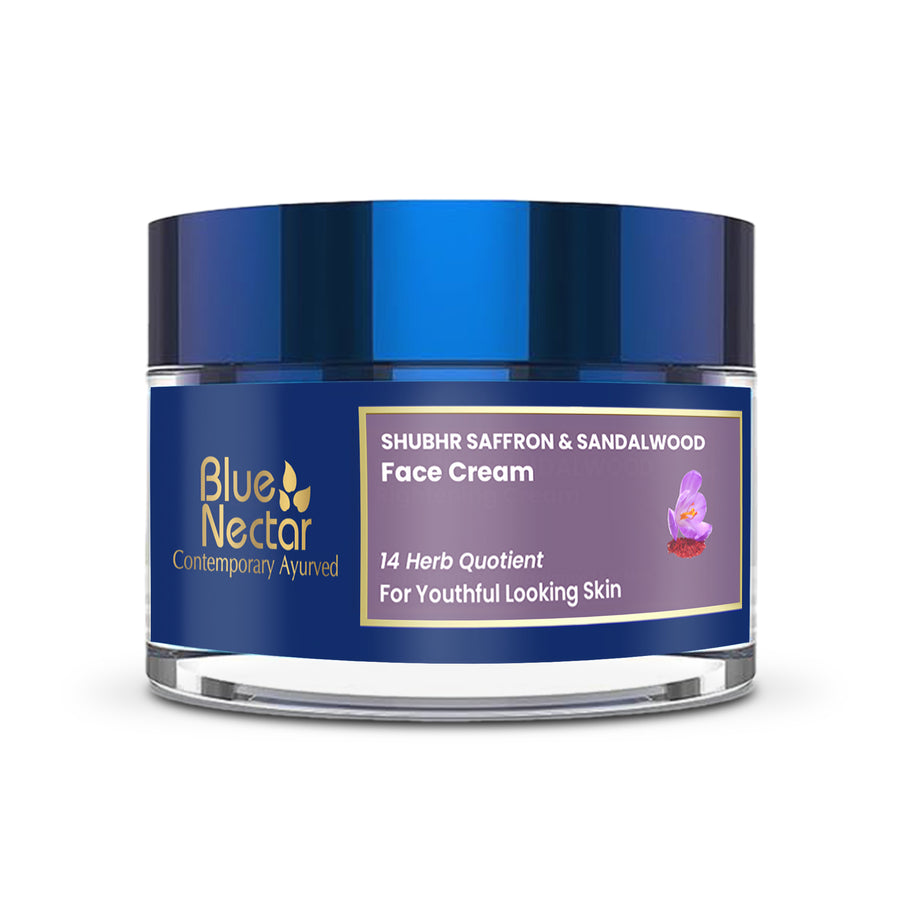
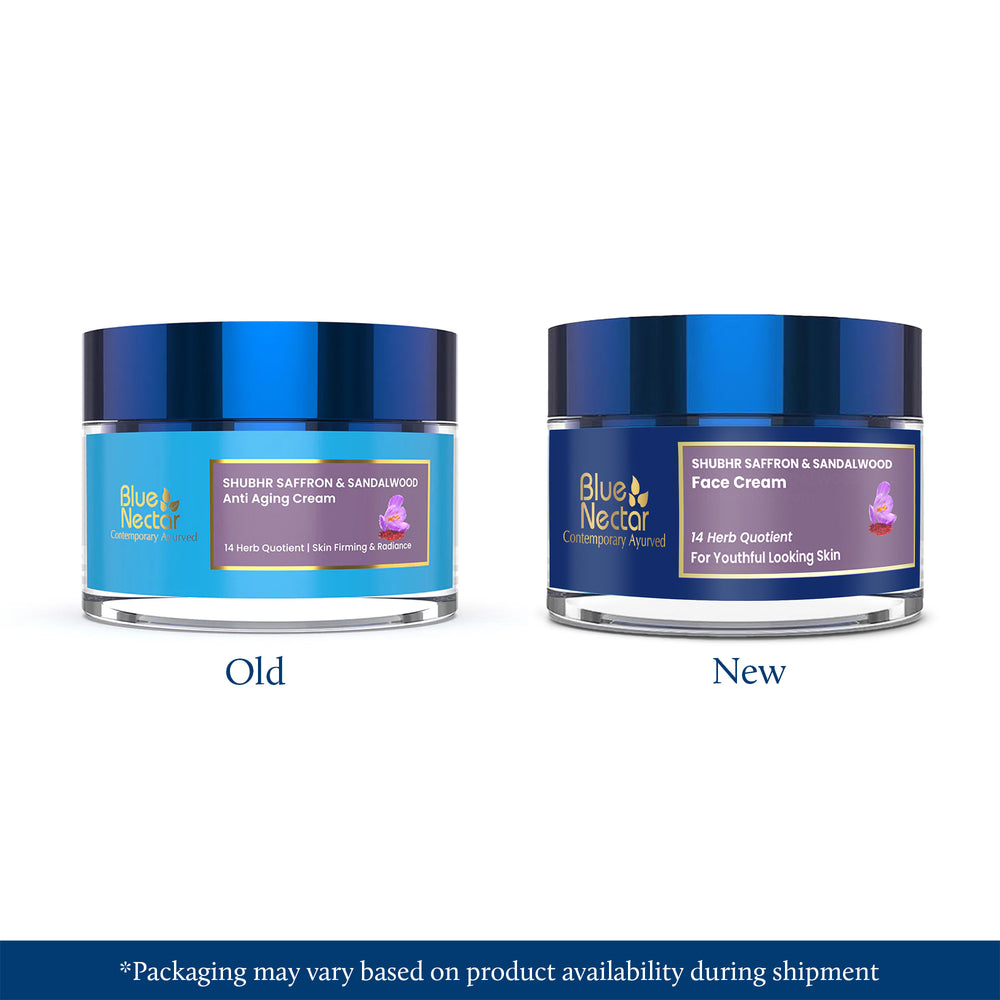
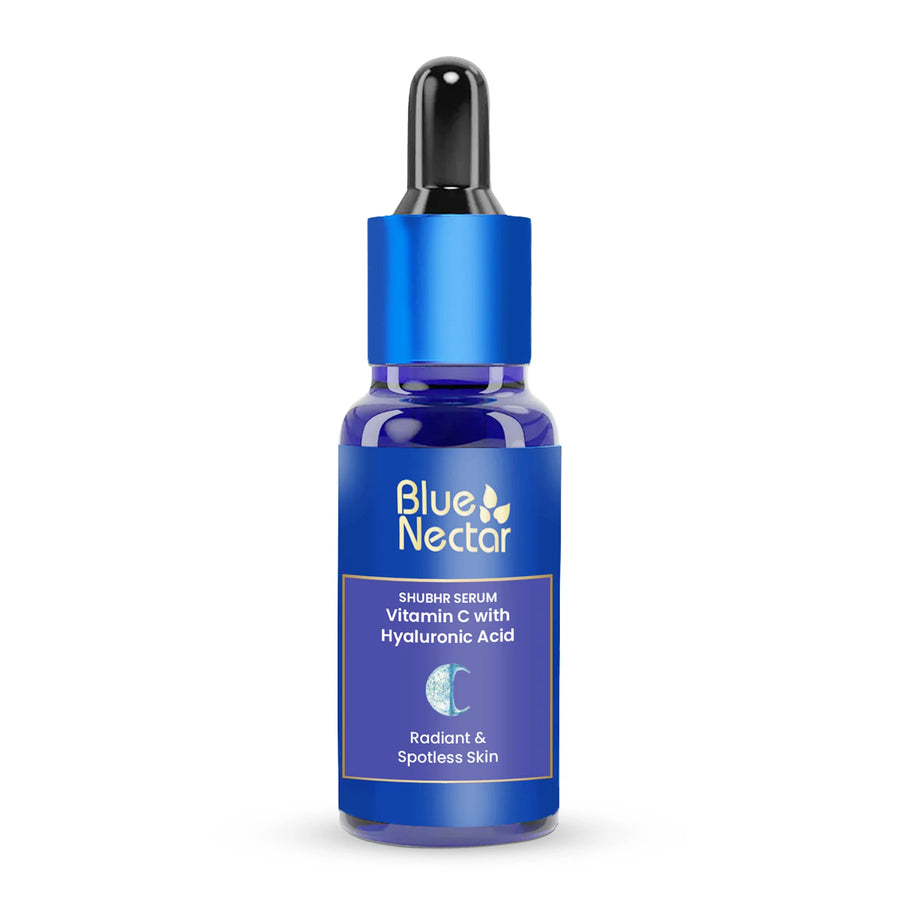
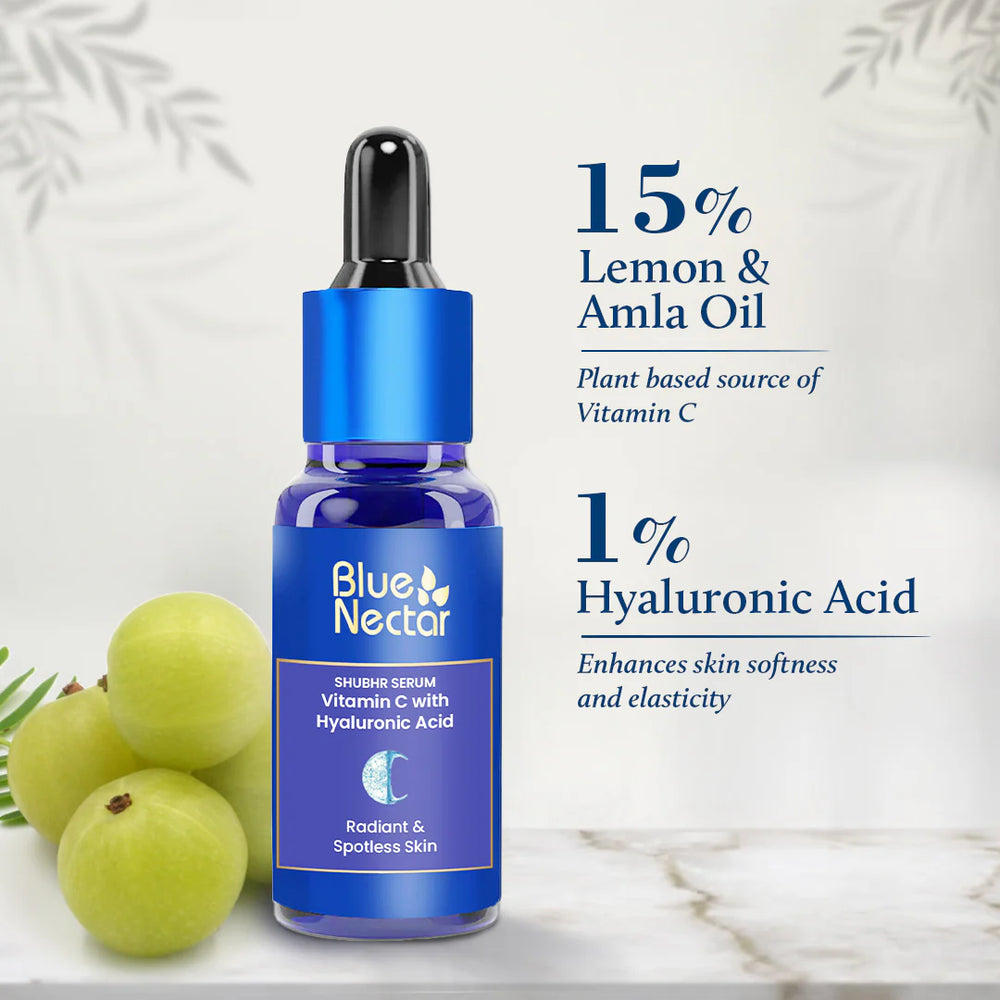
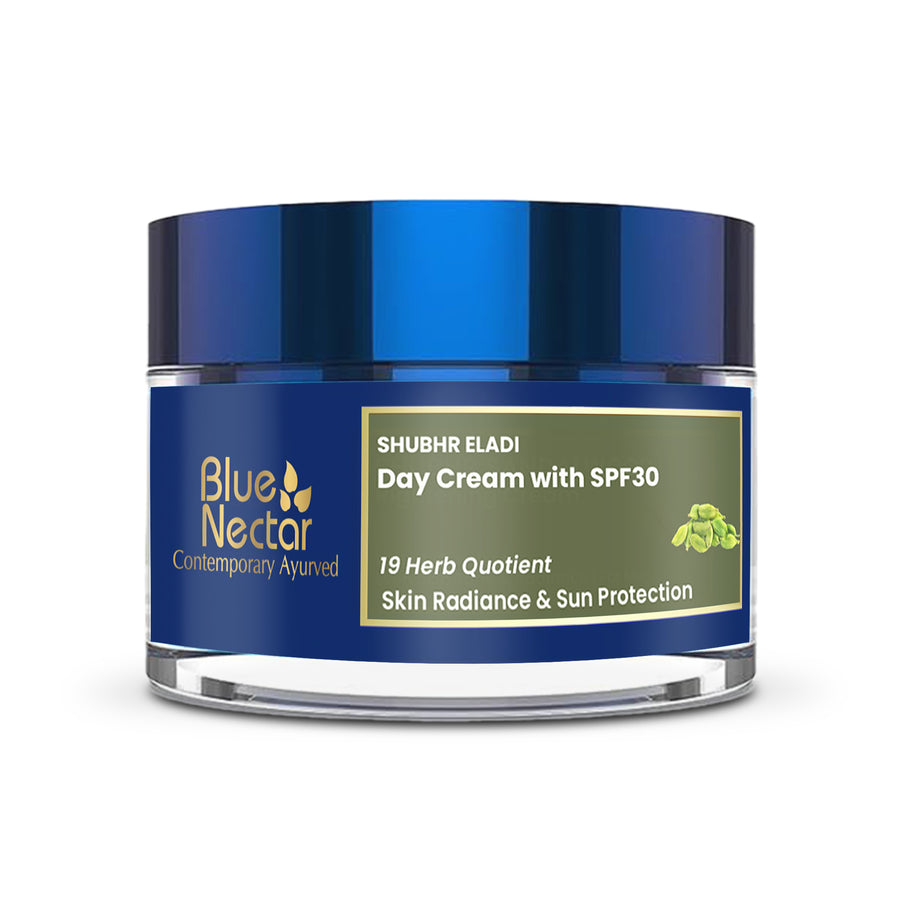
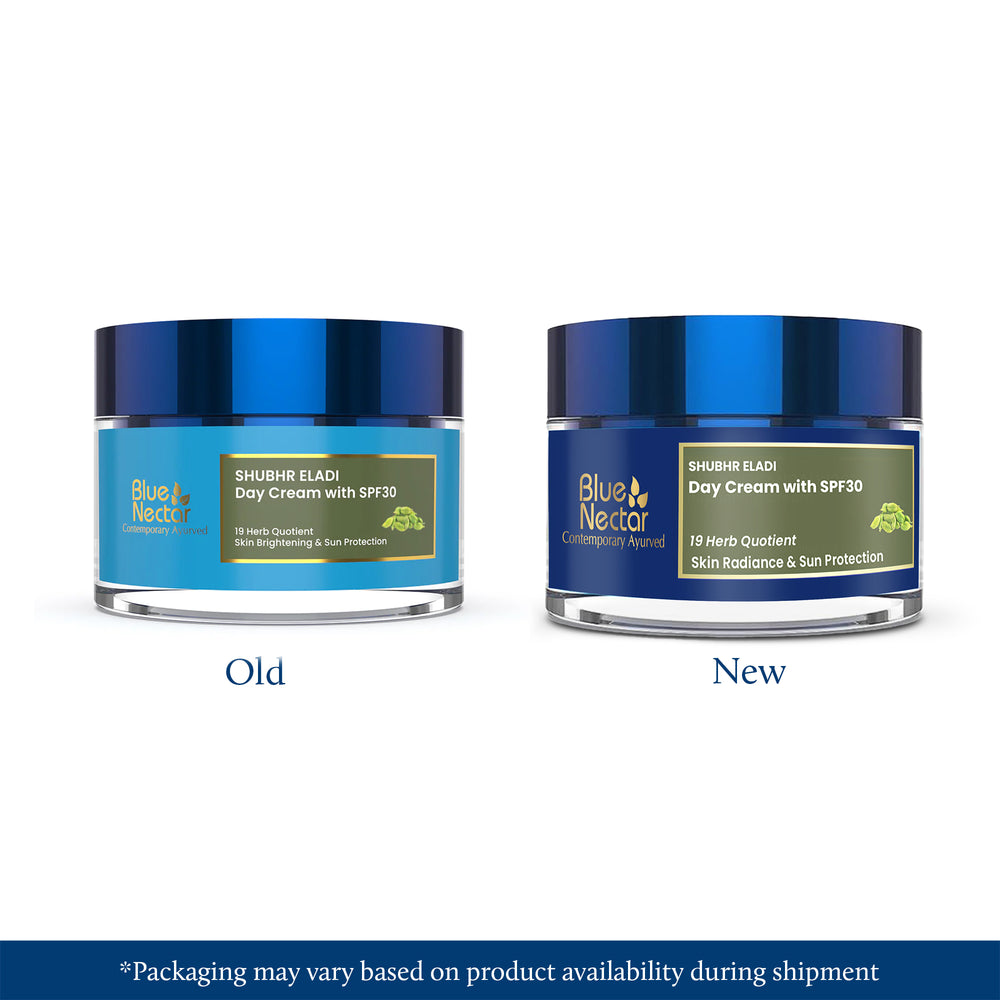
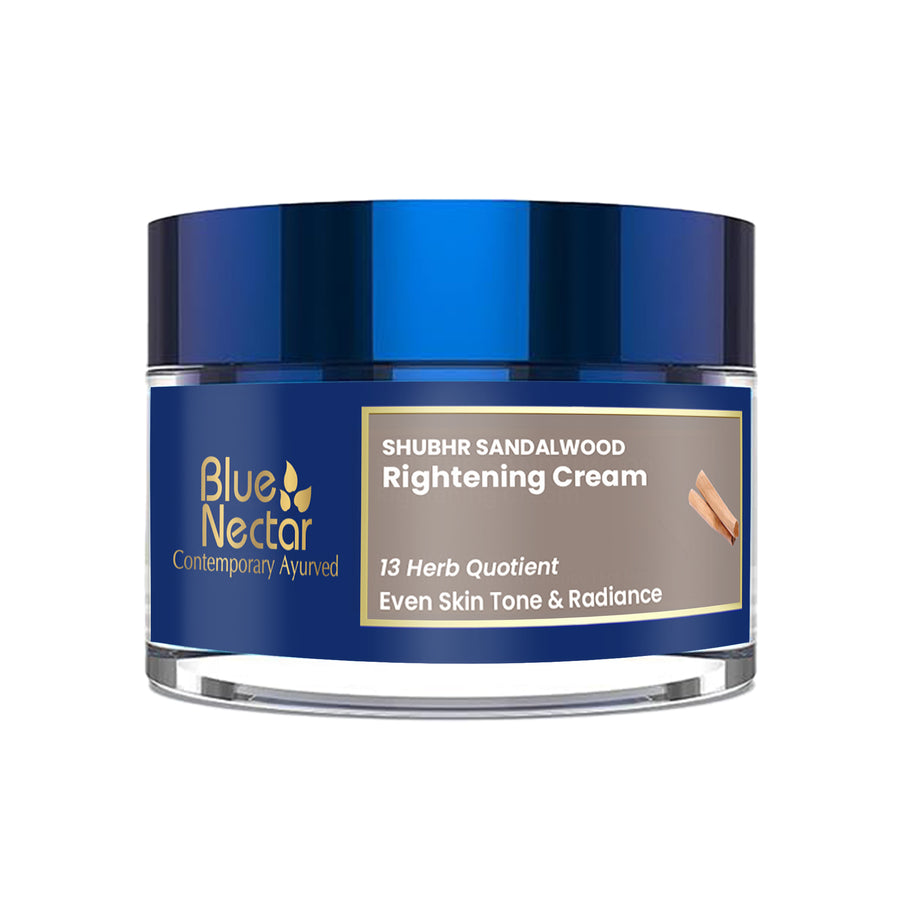
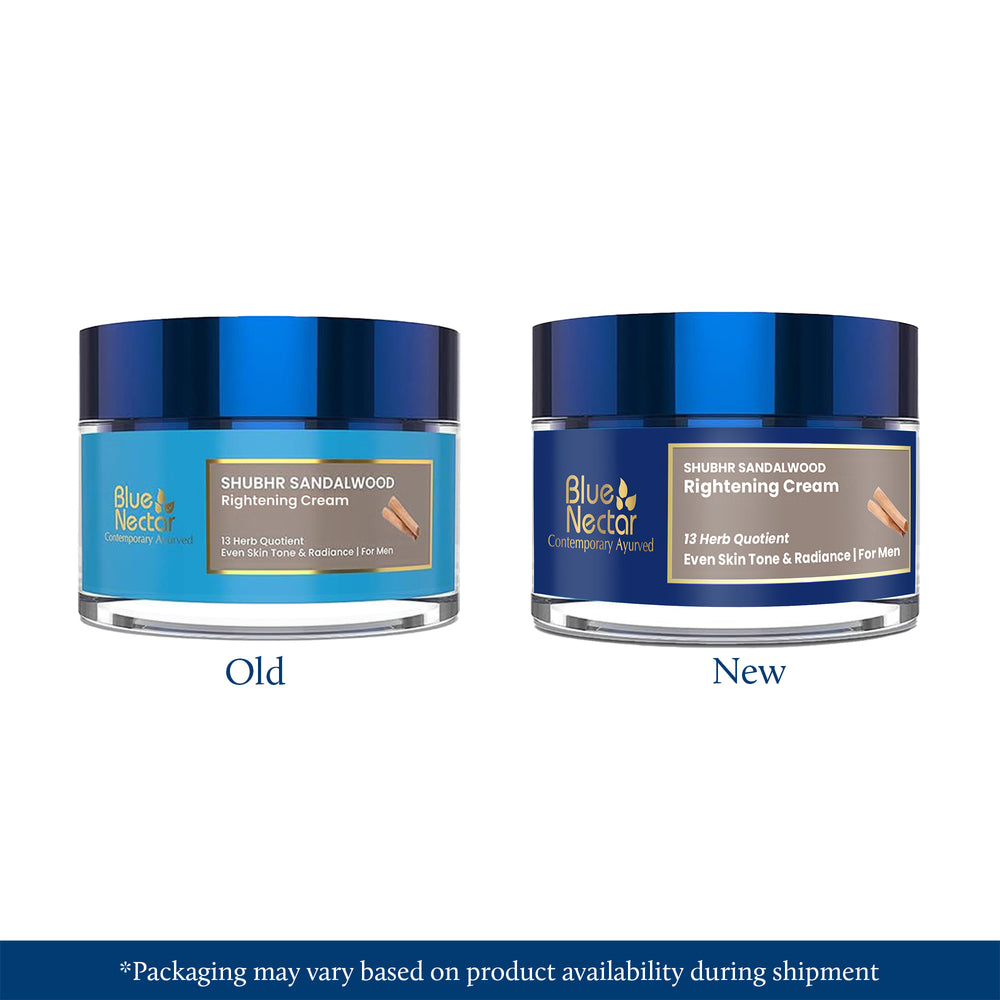




Leave a comment